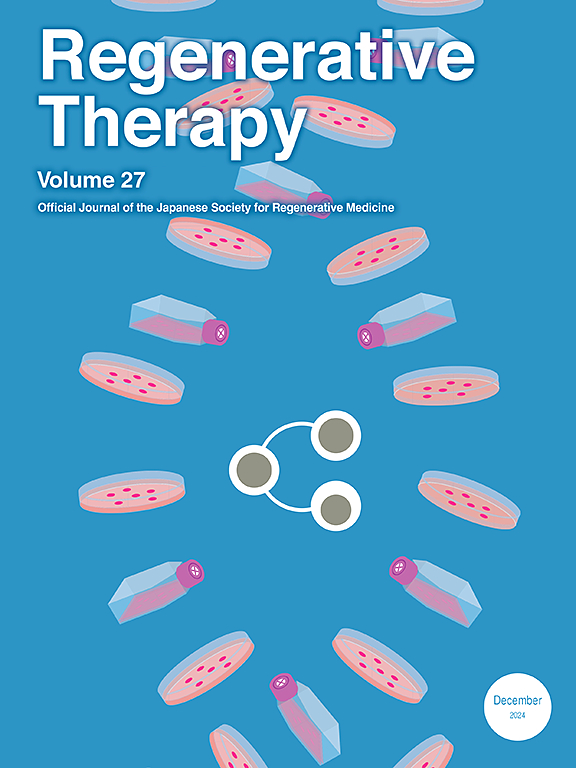CRISPR/Cas9基因工程技术用于治疗ALS小鼠模型
IF 3.5
3区 环境科学与生态学
Q3 CELL & TISSUE ENGINEERING
引用次数: 0
摘要
肌萎缩性侧索硬化症(ALS)是一种复杂的神经退行性疾病,其特征是脊髓和大脑区域的运动神经元死亡,导致患者存活率降低。近20个基因突变与ALS相关,其中SOD1、FUS、TARDBP和C9orf72突变更为常见。90%的ALS病例与散发性ALS有关,而剩下的10%与家族性ALS有关。CRISPR/Cas9是一种被称为集群规则间隔短回文重复序列/CRISPR相关系统9的基因组工程技术,具有基因编辑和研究小鼠模型中ALS潜在机制的潜力。这项技术使神经科学家能够逆转在ALS小鼠模型中发现的突变,为理解ALS的复杂性提供了新的希望。此外,该工具可以创建突变来探测遗传疾病的功能变化。使用CRISPR/Cas9和涉及腺相关载体的体内递送方法,可以沉默sod1相关ALS小鼠模型中的突变。在之前的研究中已经讨论过与CRISPR/Cas9相关的一些限制,需要在进行临床试验之前加以解决。在这项基于综述的研究中,我们总结了CRISPR/Cas9基因组编辑用于ALS小鼠模型的最新研究,并讨论了其局限性和未来前景。本文章由计算机程序翻译,如有差异,请以英文原文为准。
CRISPR/Cas9 a genomic engineering technology for treatment in ALS mouse models
Amyotrophic Lateral Sclerosis (ALS) is a complex neurodegenerative disorder characterized by the death of motor neurons in the spinal cord and brain regions, leading to a reduced survival rate in patients. Nearly 20 gene mutations are associated with ALS, with SOD1, FUS, TARDBP, and C9orf72 mutations being more common. Ninety percent of ALS cases are related to sporadic ALS, while the remaining 10 % are associated with familial ALS. CRISPR/Cas9, a genome engineering technology known as clustered regularly interspaced short palindromic repeats/CRISPR-associated system 9, has the potential for gene editing and for studying the underlying mechanisms of ALS in mouse models. This technique enables neuroscientists to reverse mutations found in ALS mouse models, providing new hope for understanding the complexities of ALS. Additionally, this tool can create mutations to probe the functional changes of genetic diseases. Using CRISPR/Cas9 with an in vivo delivery method involving adeno-associated vectors, it is possible to silence mutations in the SOD1-linked ALS mouse model. Some limitations related to CRISPR/Cas9 have been discussed in previous studies and need to be addressed before clinical trials can proceed. In this review-based study, we summarise the latest research on CRISPR/Cas9 genome editing for ALS in mouse models and discuss its limitations and future prospects as well.
求助全文
通过发布文献求助,成功后即可免费获取论文全文。
去求助
来源期刊

Regenerative Therapy
Engineering-Biomedical Engineering
CiteScore
6.00
自引率
2.30%
发文量
106
审稿时长
49 days
期刊介绍:
Regenerative Therapy is the official peer-reviewed online journal of the Japanese Society for Regenerative Medicine.
Regenerative Therapy is a multidisciplinary journal that publishes original articles and reviews of basic research, clinical translation, industrial development, and regulatory issues focusing on stem cell biology, tissue engineering, and regenerative medicine.
 求助内容:
求助内容: 应助结果提醒方式:
应助结果提醒方式:


